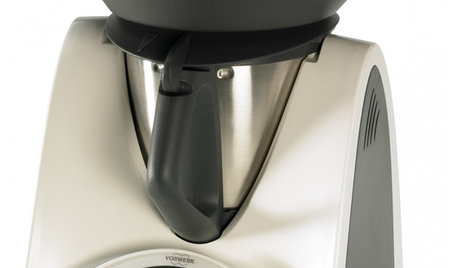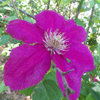Why have 3 clems died in same spot?
butterclem
14 years ago
Related Stories

HOUSEKEEPINGOut, Darn Spot! Tips for Removing Carpet Stains
Know the right solutions and when to use them to prevent stains from pets, soda, chocolate, blood and more
Full Story
LIFESimple Pleasures: Cozy Up Your Reading Spot
Losing yourself in a good book is even better with these ideas for reading comfortably all around the house
Full Story
GARDENING GUIDES10 Drought-Tolerant Shrubs That Thrive in Full Sun and Reflected Heat
Got a hot spot in your garden where plants often die? Try these tough shrubs that add beauty while shrugging off the heat
Full Story
PURPLEYour Colors: 3 Ways to Work With Purple
Scared of purple? Think of it as plum, amethyst or eggplant, and use with the right companion colors
Full Story
HOUZZ TOURSMy Houzz: Making Room for 3 Generations
A Salt Lake City home creates privacy and independence for grandparents, parents, kids and dogs
Full Story
LIFEThe Beautiful Thing About Dad's Chair
My father had his own spot in the house. His father had his own spot. Now I have mine
Full Story
KITCHEN DESIGN3 Steps to Choosing Kitchen Finishes Wisely
Lost your way in the field of options for countertop and cabinet finishes? This advice will put your kitchen renovation back on track
Full Story
GARDENING FOR BUTTERFLIES3 Ways Native Plants Make Gardening So Much Better
You probably know about the lower maintenance. But native plants' other benefits go far beyond a little less watering and weeding
Full Story
LAUNDRY ROOMSNew This Week: 3 Eye-Catching Laundry Rooms
Just because you have high-tech appliances doesn’t mean your laundry room has to look like something from outer space
Full Story
HOME TECH3 Kitchen Contraptions You Won’t Believe
Pizza hot from the printer, anyone? These cooking gadgets harness imagination and high tech — and have price tags to match
Full Story






janetpetiole
gardengal48 (PNW Z8/9)
Related Professionals
Edmond Landscape Architects & Landscape Designers · Maple Valley Landscape Architects & Landscape Designers · Ashburn Landscape Architects & Landscape Designers · Peabody Landscape Contractors · Americus Landscape Contractors · Brandon Landscape Contractors · Bridgeport Landscape Contractors · Brookfield Landscape Contractors · East Haven Landscape Contractors · Louisville Landscape Contractors · Palatine Landscape Contractors · Riverhead Landscape Contractors · Shaker Heights Landscape Contractors · Sugar Hill Landscape Contractors · Clearfield Landscape ContractorsbutterclemOriginal Author
buyorsell888
dilly_dally
gardengal48 (PNW Z8/9)
NHBabs z4b-5a NH
butterclemOriginal Author